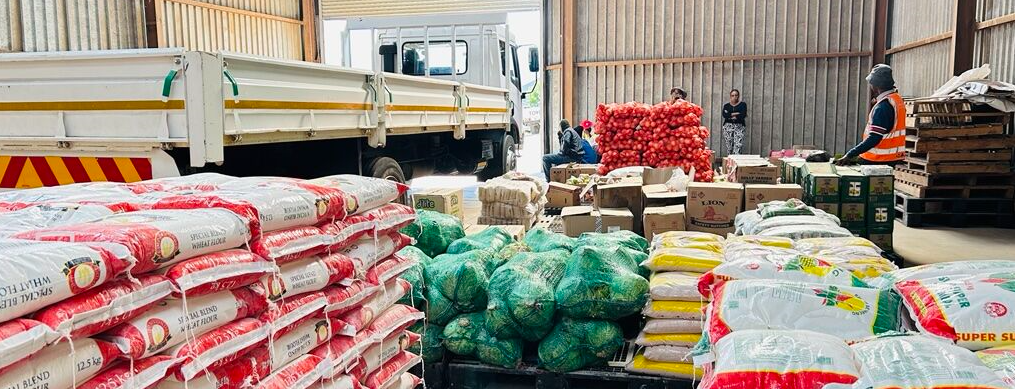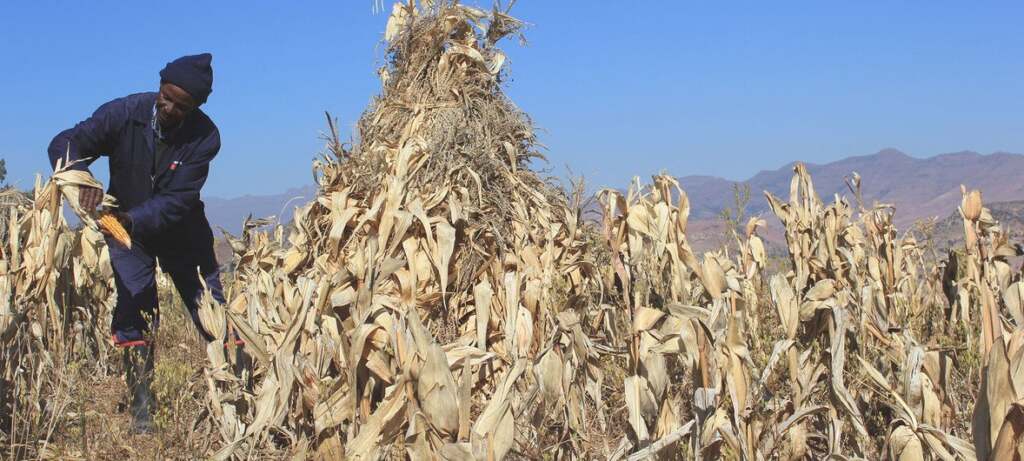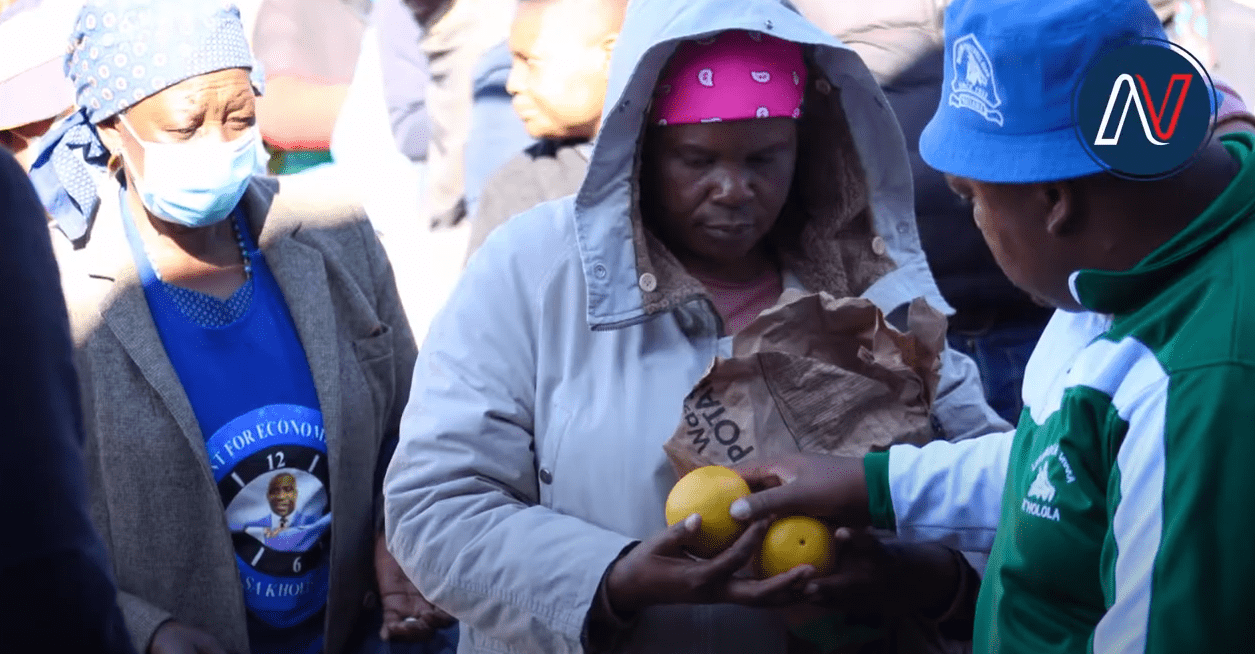… But challenges persist, food subsidy recommended
Staff Reporter
The number of Basotho facing severe food insecurity has decreased by 68,000, from 403,000 to 335,000, between May 2024 and the projected period of January-March 2025, according to the IPC Acute Food Insecurity Analysis.
The report, published this week, highlights that the lean season, which runs from October 2024 to March 2025, coincides with this analysis period.
The improved food security situation, compared to the May 2024 assessment, is largely attributed to ongoing humanitarian support, including cash and food transfers from the government, humanitarian organisations, and the United Nations (UN) agencies.
These efforts have significantly reduced food gaps.
The report notes that while the number of food-insecure people has decreased, around 335,000 people, or 22 percent of the rural population, will still be in IPC Phase 3 (Crisis) during the January-March 2025 period.
All ten districts remain classified under this phase.
Several challenges remain during this period.
Key hazards expected include heavy rainfall, with a forecast of normal to above-normal rainfall across all districts, along with high temperatures. Declining income sources, such as lower livestock sales due to market competition and restrictions on livestock movement to South Africa, are also a concern.
Additionally, persistent high prices for food, fuel, and electricity continue to erode the purchasing power of vulnerable households.
The report also notes that “humanitarian assistance has had a significant impact on food security”. For example, in Berea, 29 percent of the population received support, covering 67 percent of their caloric needs.
“In Butha-Buthe and Leribe, the assistance covered 72 percent and 65 percent of caloric needs, respectively, while in Qacha’s Nek, 27 percent of the population received aid, meeting 83% of their energy requirements.”
Despite these efforts, food access remains a key challenge for many districts, compounded by high food and non-food prices.
These factors are likely to continue limiting food access, though food availability is expected to remain stable, as markets in Lesotho are functioning well with supplies from local, regional, and international sources.
The report recommends the continuation and expansion of conditional and unconditional humanitarian assistance.
“To effectively support households facing crisis food Insecurity, it is critical to continue and expand both conditional and unconditional humanitarian assistance.”
It further recommends the reduction of food consumption gaps by improving access to food, through appropriate modalities such as food subsidy.
“The National Strategic Resilience framework should be fully operational to ensure that households diversify their livelihoods to withstand future shocks.
“Intensify Nutrition education with more emphasis of feeding practices, exclusive breastfeeding and recommended duration of breastfeeding. Immediately update the Baseline Profiles to increase relevant data sources for IPC analysis as well as incorporating new emerging issues.”
Lastly, it recommends the scaling up of anticipatory actions to mitigate the impact of anticipated hazards.
On July 12, 2024, Prime Minister Ntsokoane Matekane declared a state of National Food Insecurity Disaster after a historic drought, triggered by El Niño, led to the lowest crop yields since the 2018/19 agricultural season
According to the government, about a third of the population, approximately 700,000 people, would face hunger through March 2025. In rural areas, more than 400,000 people were expected to experience crisis levels of acute hunger through March 2025.
Vulnerability assessments predicted that an additional 296,049 people in urban areas would become food insecure. The drought had also led to severe water shortages, with wells running dry.
USAID, now suspended by the new United States president Donald Trump, said last year that climatic shocks, diseases, and socioeconomic conditions would continue to drive high levels of acute food insecurity in Lesotho.
In particular, El Niño-induced conditions, including erratic rainfall patterns and prolonged dry spells, have resulted in the lowest crop yields since 2018/19, increasing reliance on markets and depleting household food stocks prematurely.
“Drought conditions have also reduced water levels in reservoirs and rivers, resulting in widespread livestock losses as of October,” said USAID. “An estimated 80 percent of Lesotho’s population depends on the agricultural sector for food and income, making households more vulnerable to climatic shocks,” USAID said.
In response to these challenges, USAID’s Bureau for Humanitarian Assistance (USAID/BHA) supported World Vision Lesotho in providing unconditional food assistance through cash-based transfers to vulnerable individuals across nine community councils in Mafeteng, Mohale’s Hoek, and Quthing.
These transfers, it was said, would help increase access to local markets, supporting the local economy and improving food security for drought-affected populations.
Summary
- The number of Basotho facing severe food insecurity has decreased by 68,000, from 403,000 to 335,000, between May 2024 and the projected period of January-March 2025, according to the IPC Acute Food Insecurity Analysis.
- The improved food security situation, compared to the May 2024 assessment, is largely attributed to ongoing humanitarian support, including cash and food transfers from the government, humanitarian organisations, and the United Nations (UN) agencies.
- The report notes that while the number of food-insecure people has decreased, around 335,000 people, or 22 percent of the rural population, will still be in IPC Phase 3 (Crisis) during the January-March 2025 period.

Your Trusted Source for News and Insights in Lesotho!
At Newsday Media, we are passionate about delivering accurate, timely, and engaging news and multimedia content to our diverse audience. Founded with the vision of revolutionizing the media landscape in Lesotho, we have grown into a leading hybrid media company that blends traditional journalism with innovative digital platforms.








